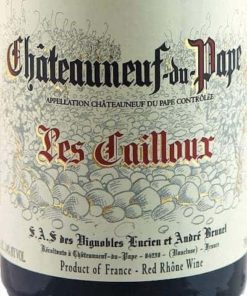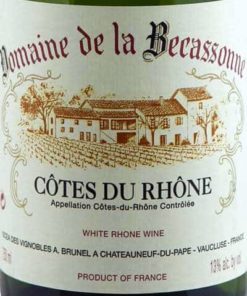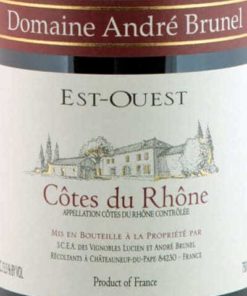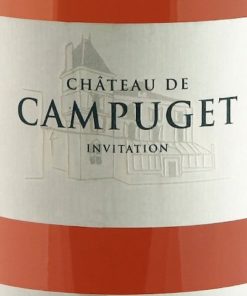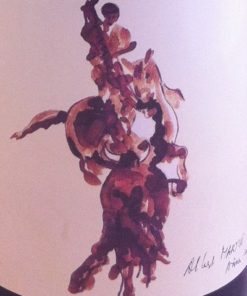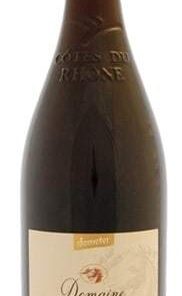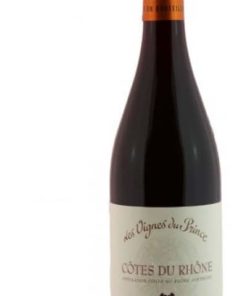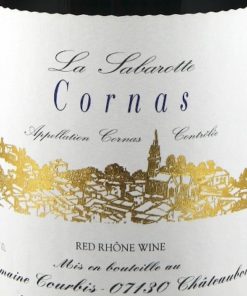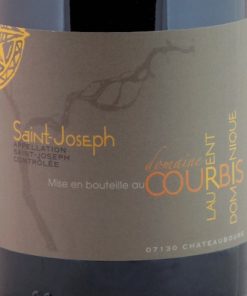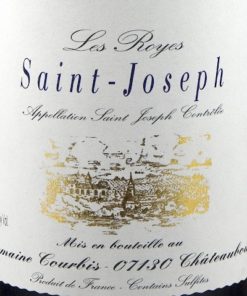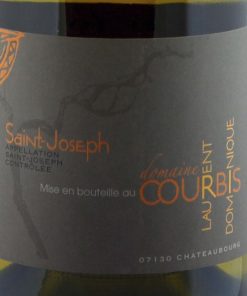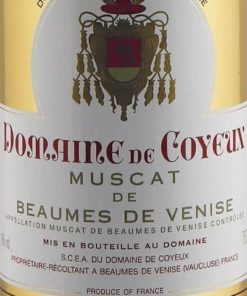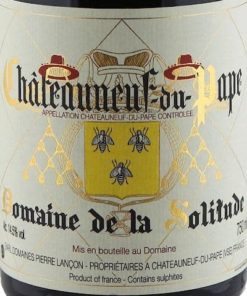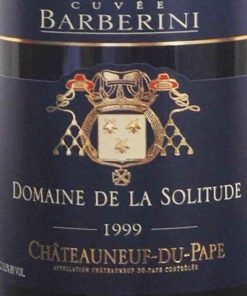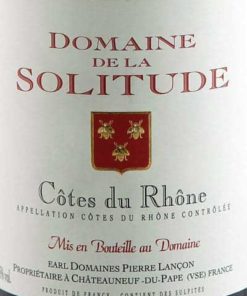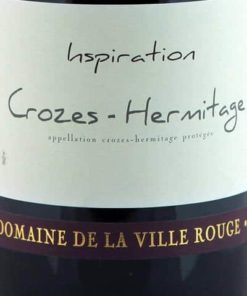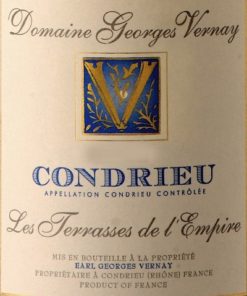The Rhône wine region in Southern France produces a large number of wines under various Appellation d’origine Contrôlée (AOC) designations. The region’s major appellation in terms of production is Côtes du Rhône AOC.
The Rhône valley is usually divided into two sub-regions with distinct viticultural traditions. The northern sub-region produces red wines from the Syrah grape, occasionally blended with white wine grapes, and white wines from Marsanne, Roussane and Viognier grapes. The southern sub-region produces a wide variety of red, white and rosé wines, which are usually blends of several grapes such as those of Châteauneuf-du-Pape.
The Northern WinesThe Southern WinesClimate
Syrah is the only red variety permitted in red AOC wines from this sub-region. The grape, which is believed to have originated in or close to the Rhône region, is also widely known as Shiraz particularly in the southern hemisphere. For wines carrying the Cornas AOC designation, only Syrah can be used, whereas other reds from the northern Rhône may be blended with white wine grapes, either Viognier or Marsanne and Roussanne, depending on the appellation. However, while this is allowed by the AOC rules, blending with white grapes is widely practiced only for Côte-Rôtie.
Viognier on its own is used for white wines from Condrieu and Château-Grillet. Roussanne and Marsanne are in turn used for the white wines of Crozes-Hermitage, Hermitage, Saint Joseph, and Saint Péray.
Viognier on its own is used for white wines from Condrieu and Château-Grillet. Roussanne and Marsanne are in turn used for the white wines of Crozes-Hermitage, Hermitage, Saint Joseph, and Saint Péray.
The southern Rhône’s most famous red wine is Châteauneuf-du-Pape, a blend containing up to 19 varieties of wine grapes (ten red and nine white) as permitted by the AOC rules. Other local regions including Coteaux du Tricastin AOC, Lirac AOC, Côtes du Ventoux AOC, Tavel AOC and Vacqueyras AOC may contain even more varieties in the blend. Gigondas AOC, however is predominantly made from Grenache and has a more restricted set of permitted grapes. Depending on the specific rules, grapes blended into southern Rhône reds may include Grenache, Syrah, Mourvèdre, Carignan and Cinsault.
The wines from the left bank are full bodied, rich in tannin while young, and are characterised by their aromas of undergrowth, chocolate, prune and ripe black fruits.
The right bank reds are slightly lighter and fruitier. In 2004, the Costières de Nîmes AOC, which had previously been treated as part of eastern Languedoc, was also included the Rhône wine region. Some of the region’s other, less widely grown grape varieties include: Bourboulenc, Clairette, Mourvedre, Muscat, Piquepoul and Ugni Blanc.
The wines from the left bank are full bodied, rich in tannin while young, and are characterised by their aromas of undergrowth, chocolate, prune and ripe black fruits.
The right bank reds are slightly lighter and fruitier. In 2004, the Costières de Nîmes AOC, which had previously been treated as part of eastern Languedoc, was also included the Rhône wine region. Some of the region’s other, less widely grown grape varieties include: Bourboulenc, Clairette, Mourvedre, Muscat, Piquepoul and Ugni Blanc.
The northern Rhône is characterised by a continental climate with cold winters and warm summers. Its climate is influenced by the Mistral wind, which brings cooler air from the Massif Central. The northern Rhône is therefore cooler than the south, which means that the mix of planted grape varieties and wine styles are slightly different.
The southern Rhône has a more Mediterranean climate of milder winters and hot summers. Drought can be a problem here, but some irrigation is permitted. The differing terroirs, together with the rugged landscape which partly protects the valleys from the Mistral, produce microclimates which give rise to a wide diversity of wines.
The southern Rhône has a more Mediterranean climate of milder winters and hot summers. Drought can be a problem here, but some irrigation is permitted. The differing terroirs, together with the rugged landscape which partly protects the valleys from the Mistral, produce microclimates which give rise to a wide diversity of wines.
French Wine
£45.25
French Wine
£14.95
French Wine
£12.35
£11.85
£21.95
French Wine
£15.55
French Wine
£15.69
£11.65
French Wine
£68.25
French Wine
£29.75
French Wine
£35.95
French Wine
£28.25
£22.99
French Wine
£37.85
£51.85
French Wine
£15.49
£21.75
£24.65
£85.95

